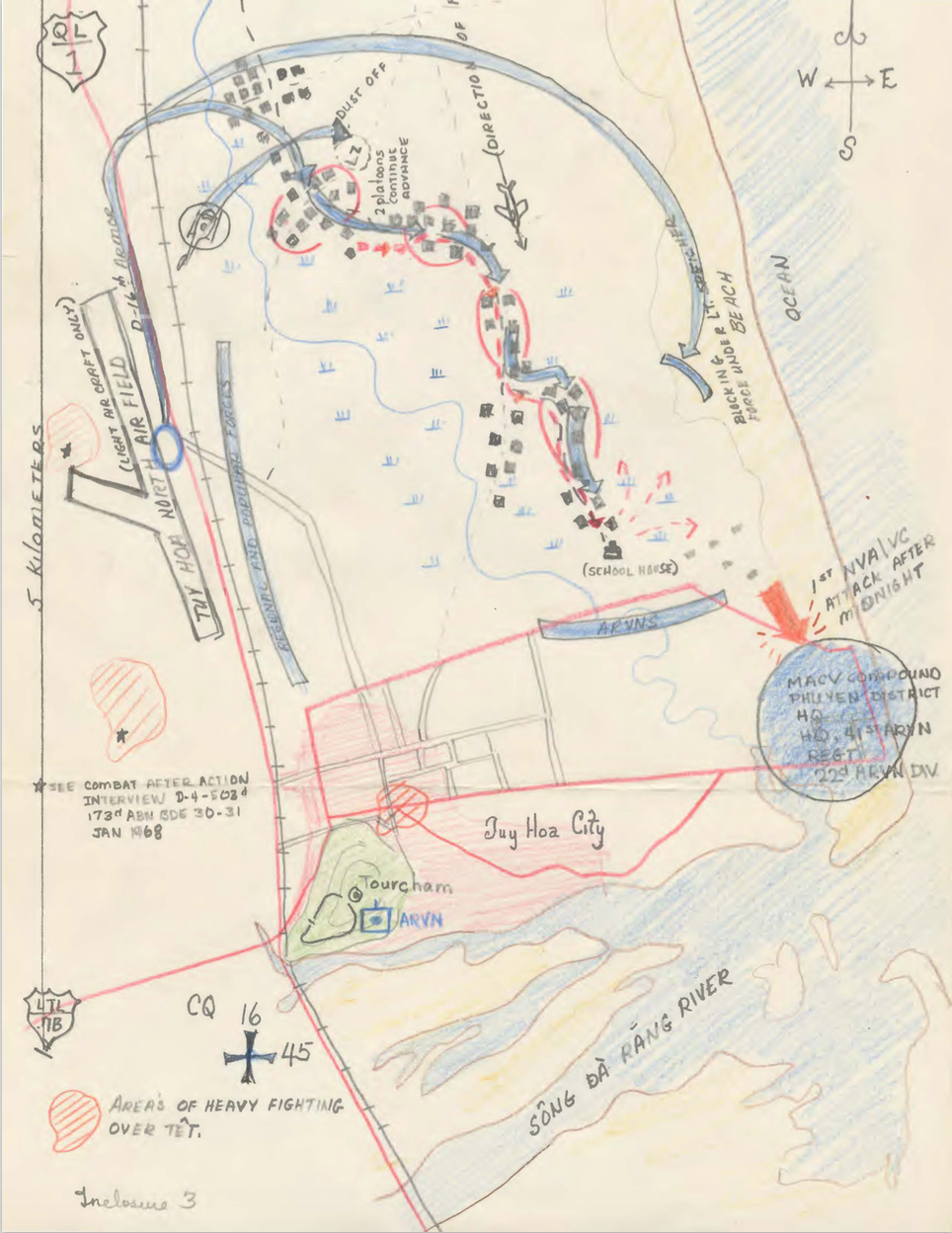Note: This post originally appeared on my previous, now defunct blog Thompsonwerk.
More books, less time
Higher level undergraduate history courses feature a fair number of books for students to read and discuss throughout the semester. Since the number of books averages to about one book a week, permitting plenty of time for students to keep up with reading, professors often do not instruct their students on how to read the books properly. So before heading off to graduate school and getting overwhelmed by seemingly endless lists of books, take a moment to prepare. A significant part of surviving graduate school is the ability to read a book as efficiently as possible. Upon entering ones first graduate seminar, with a reading list of a dozen books, a student might start to question how they are ever going to finish each book while remembering any arguments. If one reads only the most critical portions of any book, then it is possible to complete even the most daunting of reading lists.
Begin with the Introduction and, yes, the Conclusion
A reading system that has helped me, and probably countless others, is one that my undergraduate professors told me shortly before I headed off to graduate school. First and foremost, always read the preface and introduction. This is where the writer lays out their thesis and methodology. The introduction should cover historiography, allowing one to see how the author fits into the appropriate history field. In some cases, the writer might discuss research methods and primary sources. I have read a few books where the historian professes their great research, only to discover weak arguments later on in the book.
Now, read the conclusion. Essentially, by reading the conclusion immediately after the introduction, you are looking down on the forest. Everything between the introduction and conclusion is far more specific, making it easy to get lost amongst the trees. While the introduction helps one discern the writer’s main arguments and approach to the material, the conclusion will sum up all of the arguments and findings. The conclusion will cover how the historian perceives their work as a success, while stressing why the work is valuable.
Next, Table of Contents
Look through the table of contents and note the chapter headings. If the book is on the use of artillery during First World War, a chapter titled the “Allied use of indirect fire” might contain some of the authors most important analysis. By reading such chapters you insure that you will be familiar with the historians more profound arguments while skipping over less relevant chapters. Ultimately it is up to you to decided on which chapters are essential to understanding the author’s overall argument.
Then, Index
Be certain to look at the index and select some key terms most closely associated with the book’s topic. For example, if the book is on the end of the First World War, then it will help to locate terms such as Ferdinand Foch, Germany, Kaiserschlacht, and so on. Such terms are usually discussed in relation to much larger arguments being made by the writer. Key terms, on their own, will not help you understand the overall argument being made, rather they can lead to the pages where the writer is adding support to his/her argument. Granted that you have been successful in choosing essential chapters, the index will further enhance your focus on the crucial aspects of the work. Additionally, key terms can lead you to some great items of interest to use during a reading discussion group.
Evaluate the evidence
As you make your way through the book, pay attention to the endnotes or footnotes. Ask yourself, does the author support their argument with evidence and enough of it? Keep track of the types of sources being used. I once read a book on the Ottoman Empire based entirely on British newspapers, with the author claiming there was no other way to write their work. In reality, the author’s orientalist assertion was meant to vail a poorly researched work. The primary sources used will reveal a great deal about the author’s research abilities and familiarity with the subject matter. Primary sources will break even the greatest arguments. Or, as in the case of the aforementioned work, make it really easy to gauge the significance, or lack thereof, of the book to the field.
Take notes!
None of what you read will matter if you cannot remember anything about it. Therefore, always take notes on what you read. Try to write notes that will allow you to maintain your steady reading pace. Your notes should emphasis important page numbers as well as instances where the writer makes a key statement. Refrain from the heavy highlighting of passages in the book. Heavy highlighting will hide good pieces of information within unimportant sentences.
Now relax
Adherence to this reading guide will help you make your own opinion of whether the work is of good academic value or if it suffers from some type of flaw. Moreover, you will have more than enough material to lead a class discussion and write a good book review. Remember to relax and approach each book with these reading tips in mind.
Also, approaching books as this guide suggests, will most likely ruin leisure reading for you. You will soon see why.
